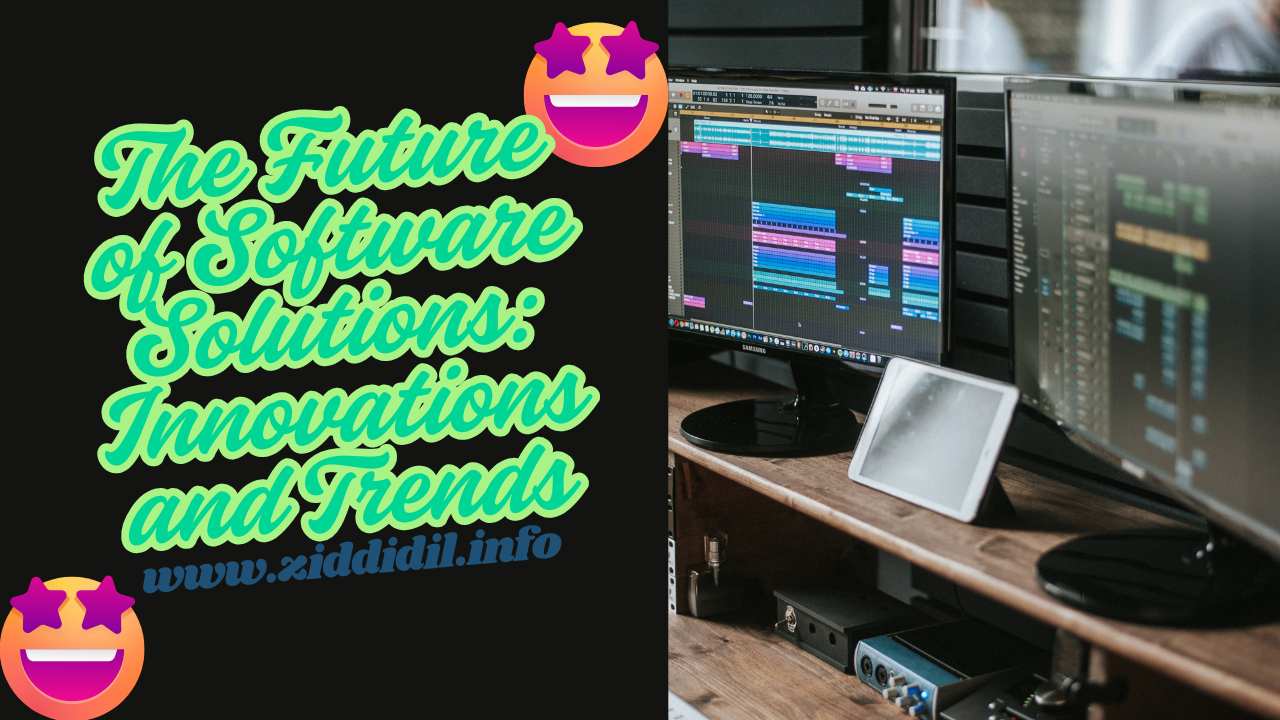In the fast-evolving world of technology, software solutions are revolutionizing industries across the globe. From Canada to the USA, businesses are adopting cutting-edge innovations to streamline operations, enhance productivity, and address emerging challenges. This article explores the latest trends, key innovations, and how AI is reshaping the software landscape, offering insights into the transformative power of technology in 2025 and beyond.
Why Software Solutions Are Going Viral in 2025
1. AI-Powered Development:
Artificial intelligence (AI) continues to dominate discussions in the tech world, especially in software development. A Canadian developer, Wes Winder, recently made headlines when he replaced his team with AI tools, anticipating significant cost savings and efficiency gains. However, this move sparked a heated debate when he later turned to LinkedIn to hire human developers again. The incident highlights the limitations of AI in managing complex, creative tasks and underscores the ongoing need for human expertise alongside automated solutions. The story has resonated widely, drawing attention to the balance between innovation and practicality in software development.
2. Supply Chain Security:
The growing sophistication of cyber threats has placed a spotlight on supply chain security, making it one of the most critical areas of focus for modern businesses. Companies like Sonatype are pioneering innovative solutions to protect software supply chains, ensuring that vulnerabilities in open-source components are identified and mitigated. This trend is rapidly gaining traction, as businesses across Canada, the USA, and beyond recognize the importance of safeguarding their digital ecosystems from malicious actors.
3. The Role of Influencers in Tech:
Influential figures are playing an increasingly important role in shaping the tech industry’s future. Shay Shariatzadeh, a product manager at Sonatype and wife of renowned wrestler-actor John Cena, has brought attention to the intersection of technology, leadership, and innovation. Her work at Sonatype emphasizes the importance of diverse talents and perspectives in driving progress within the tech sector. The story of her contributions highlights how personal branding and professional expertise can combine to inspire the next generation of innovators.
4. Low-Code and No-Code Platforms:
Another viral trend in 2025 is the rise of low-code and no-code development platforms. These tools empower non-technical users to create applications with minimal coding knowledge, democratizing access to software development. Businesses are increasingly leveraging these platforms to reduce development timelines, lower costs, and foster innovation across teams. This movement is reshaping how organizations approach problem-solving, enabling faster responses to market demands
Conclusion
The software solutions industry is undergoing a transformative period, driven by advancements in AI, cybersecurity, and user-friendly development platforms. While AI continues to push the boundaries of what’s possible, the importance of human creativity and expertise remains undeniable. As businesses in Canada, the USA, and worldwide embrace these innovations, they must also prioritize ethical practices, security, and adaptability.
The future of software innovation is bright, with limitless potential for growth and impact. Staying ahead in this dynamic field requires a proactive approach to learning, investment in emerging technologies, and a commitment to leveraging the strengths of both human and AI capabilities. Companies that strike this balance will not only survive but thrive in an increasingly digital world, setting new standards for efficiency, security, and creativity. By understanding and adopting the latest trends, organizations can position themselves at the forefront of the digital revolution, ready to lead the charge into a smarter, more connected future.
Frequently Asked Questions (FAQs)
1. How is AI changing software development? AI is transforming software development by automating repetitive tasks, improving code quality, and enabling faster delivery cycles. However, while AI excels in efficiency, human oversight remains crucial for creative problem-solving and strategic decision-making.
2. What are the biggest software trends in 2025? The most prominent trends include the integration of AI into development workflows, enhanced cybersecurity measures for software supply chains, and the rise of low-code and no-code platforms. These advancements are redefining how businesses approach innovation and security.
3. Are software solutions safe for businesses? Yes, modern software solutions incorporate robust security features to protect against cyber threats. Companies like Sonatype are setting benchmarks in ensuring secure software development, making these solutions safer than ever for businesses of all sizes.
4. What industries benefit most from software solutions? Healthcare, finance, retail, logistics, and manufacturing are among the industries experiencing significant transformation through advanced software solutions. These tools enhance operational efficiency, improve customer experiences, and drive innovation.
5. Can AI completely replace human developers? While AI can automate many aspects of software development, it cannot fully replace human developers. Creativity, strategic thinking, and problem-solving require human expertise, making a collaborative approach between AI and humans the most effective.



